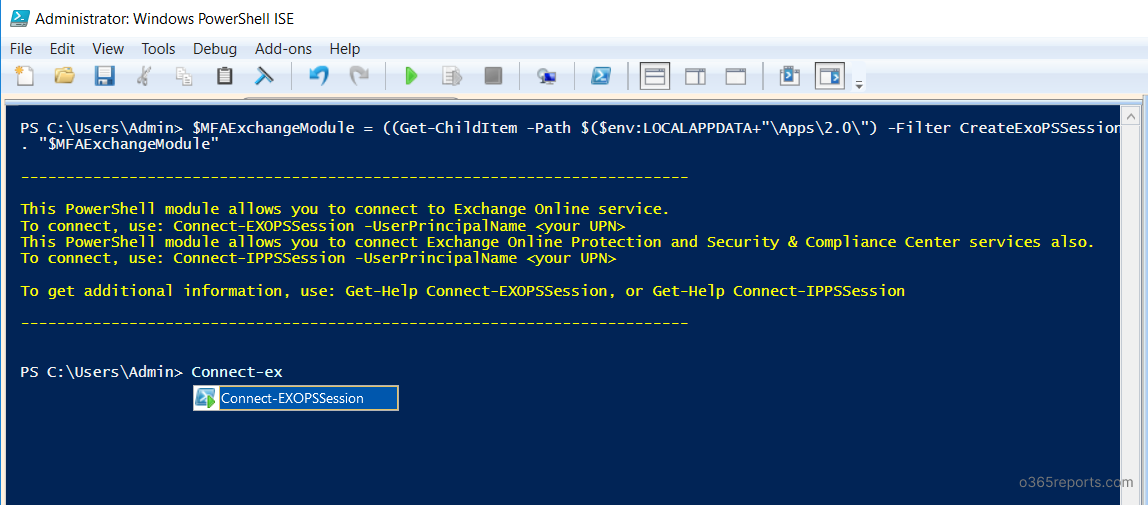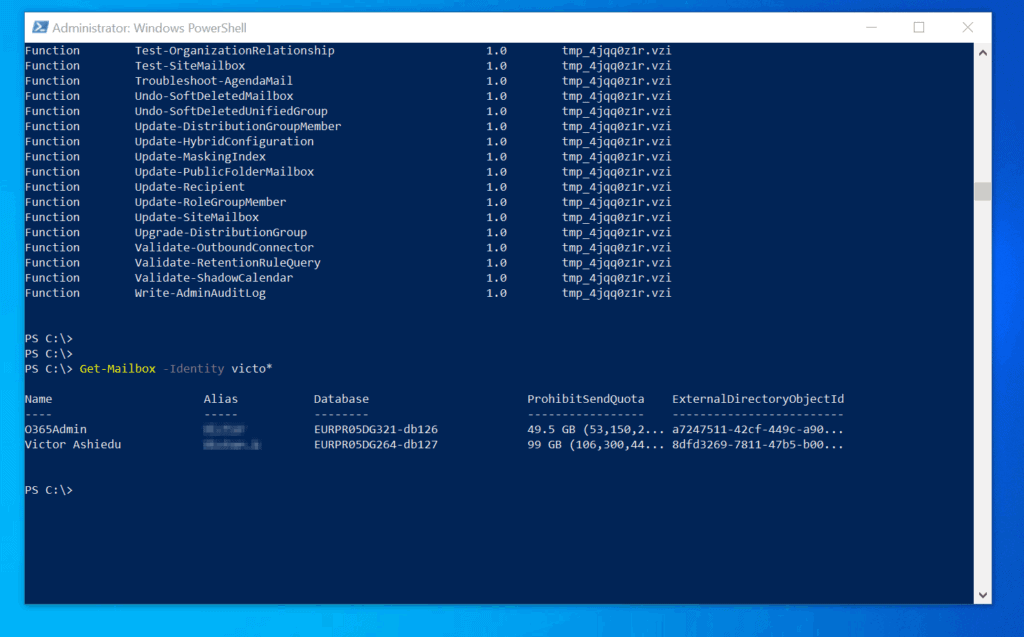

However, my $PSModuleAutoloadingPreference is empty. To import a module, use the Import-Module cmdlet. None: Automatic importing of modules is disabled in the session. For example, if the user types MyModule\M圜ommand, PowerShell imports the MyModule module. ModuleQualified : Modules are imported automatically only when a user uses the module-qualified name of a command in the module. To import a module, get or use any command in the module.

Regardless of the variable's value, you can use Import-Module to import a module.Īll : Modules are imported automatically on first-use. Īnd from the About Preferences page for $PSModuleAutoloadingPreference:Įnables and disables automatic importing of modules in the session. You can still run the Import-Module command to import a module and use the $PSModuleAutoloadingPreference variable to enable, disable and configure automatic importing of modules. For example, if you use a command that requires the WSMan: drive, such as the Get-PSSessionConfiguration cmdlet, you might need to run the Import-Module cmdlet to import the module that includes the WSMan: drive. How can I make that module import stay permanent?Īlso, commands that use PowerShell providers do not automatically import a module. Because I need to run it every time I start pwsh. But unlike what the command seem to imply, it's not actually importing the module, but merely loading it. To run PowerShell scripts with an MFA-enabled admin account against Exchange Online, you need the ExchangeOnlineManagement module, aka EXO V2. Get-OfficeProPlusToolKit.On an older Windows 8.1 machine, I have to use Import-Module -SkipEditionCheck Storage every time I want to use VHD related commands from Powershell.




 0 kommentar(er)
0 kommentar(er)
